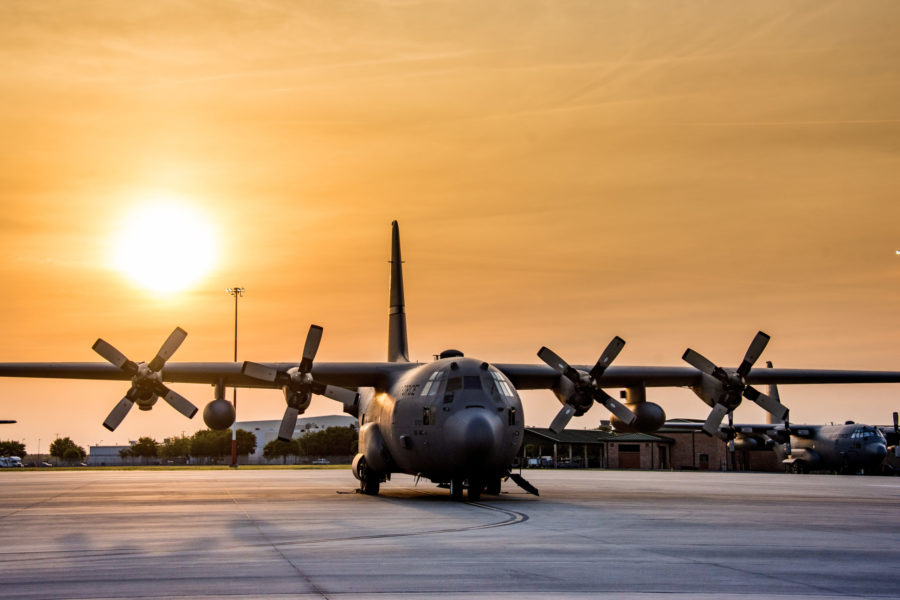Defense Department planners need to better understand how C-130s are used in domestic operations, the Chief of the National Guard Bureau said.
Gen. Daniel R. Hokanson told members of the House Appropriations defense subcommittee on May 4 that he needs to “retain every single one of those flying squadrons because of what they bring for our nation.” C-130s are used for airlift support, Antarctic resupply, aeromedical missions, weather reconnaissance, aerial spray missions, firefighting duties, and natural disaster relief missions. Those domestic missions, however, are not typically at the forefront of decision making, he added.
Hokanson pointed to the 2018 Mobility Capabilities Requirements Study from U.S. Transportation Command and the Cost Assessment and Program Evaluation office, which looked at the optimal size of airlift, sealift, and refueling fleets. That study prioritized refueling and sealift and contradicted Air Force planning that called for more airlift aircraft. Specifically, it called for 300 C-130s, a cut to USAF’s fleet of 325 C-130Hs and C-130Js. The 2020 study is still underway.
Hokanson said the 2018 study did not take into account the C-130’s domestic role, which was critical in 2020 when the National Guard was busier than it has ever been.
Within the last year, 75 different aircraft conducted more than 600 missions in 16 different states. Additionally, following the Jan. 6, 2021, insurrection at the U.S. Capitol, the Guard deployed more than 26,000 personnel from every state and territory, with many flown in on Guard aircraft. The use of Guard aircraft allowed for the activations to happen quickly.
“If you don’t account for that, it would give you a different picture that would make you think that you can reduce that capability,” Hokanson said.
If the “homeland is no longer a sanctuary,” the Guard needs its C-130s “resident in the nation” and modernized to be able to respond to those threats, Hokanson said.
“The overall intent we would like to do is see every one of our squadrons modernized so they remain relevant into the future,” he said.


